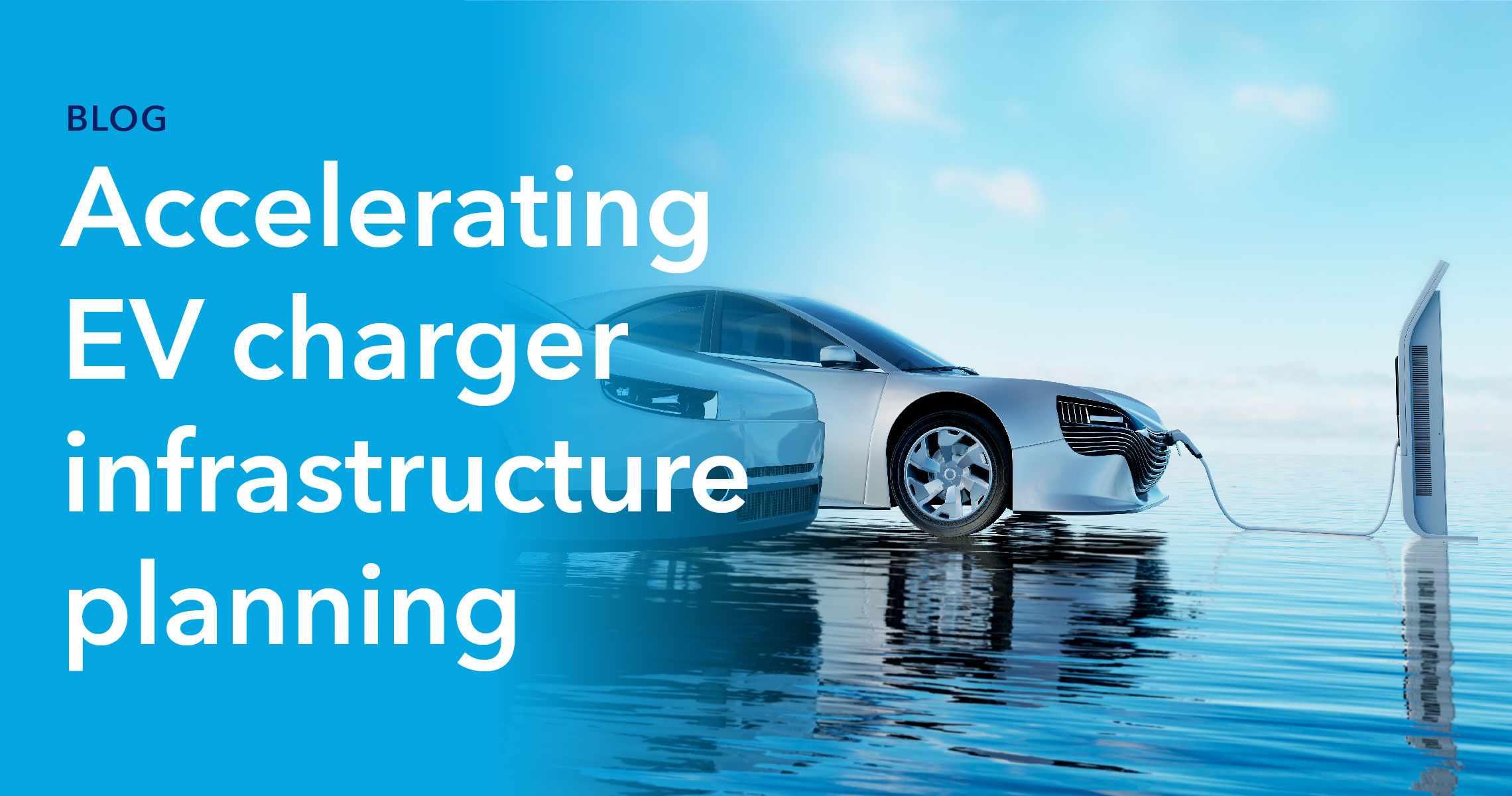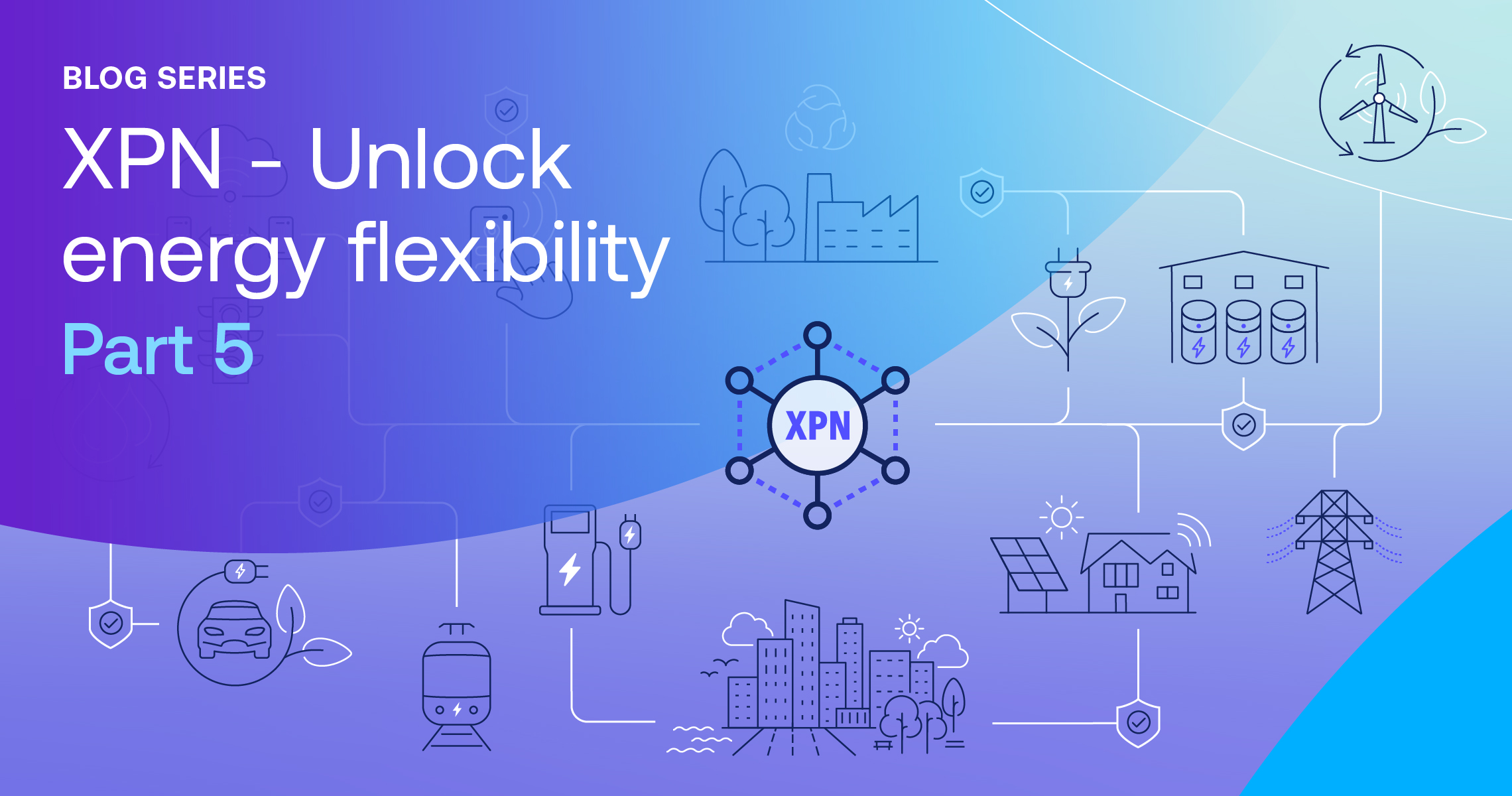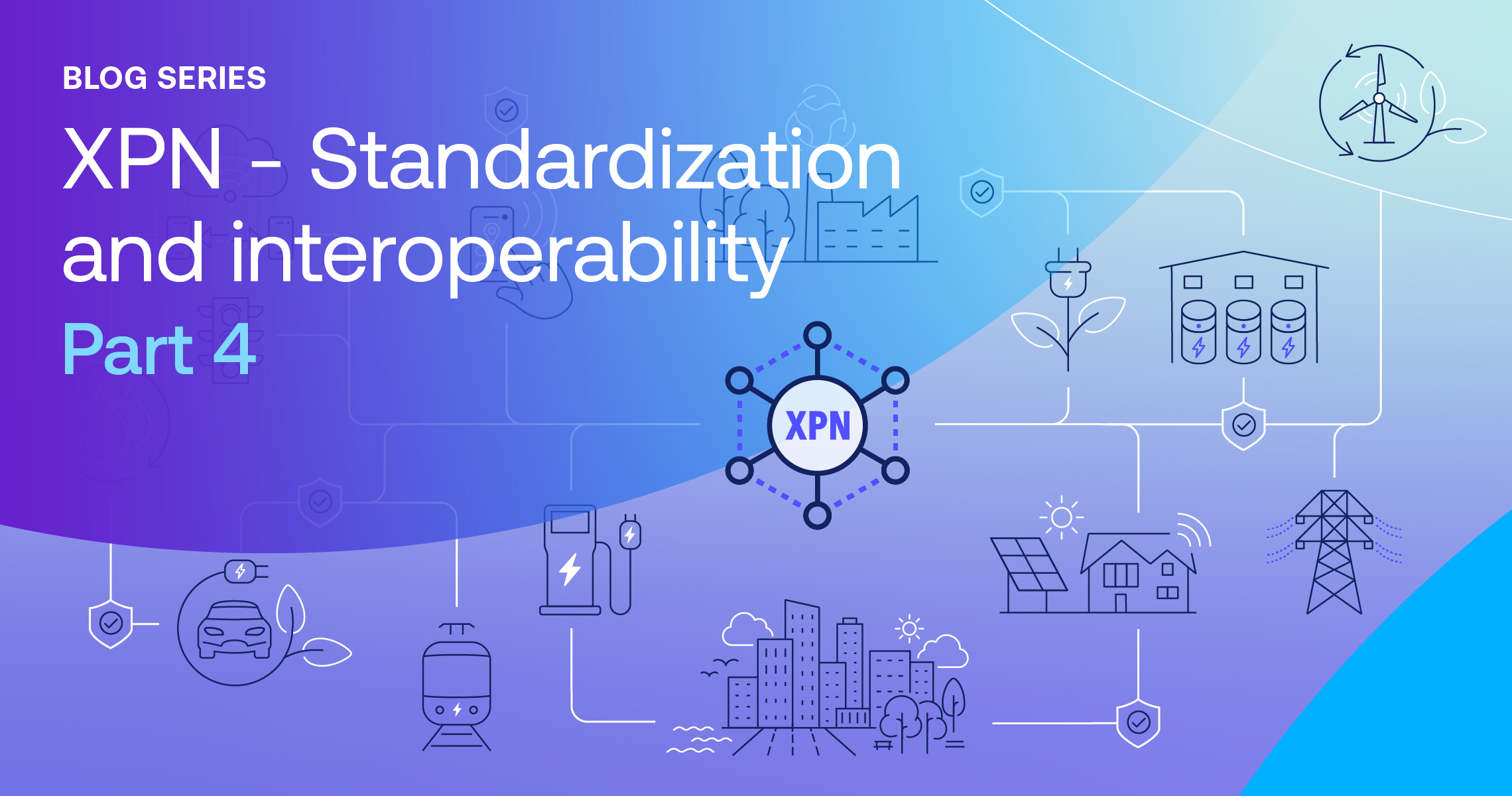Cities, municipalities, and utilities often face hurdles when it comes to accelerating EV charger infrastructure planning. Data exists in multiple silos and the interconnection process is cumbersome, manual, and fraught with delays. Moreover, lack of easy and quick access to grid information is significantly slowing down the siting and construction of new EV charging stations and addition of new DERs.
We recently partnered with envelio, a leading provider of innovative algorithms for grid planning–their proprietary platform allows grid planners to strategically analyze customer needs, grid load, EV charger locations, and supporting DERs. By greatly speeding up the processes for grid data access and analytics, the combined offering gives grid planners a powerful tool to more quickly and accurately work to accommodate the ever-expanding number of electric vehicles (EVs) and other IoT-enabled distributed clean energy resources requiring grid support. The solution also ensures that grid operators can leverage their data assets while complying with relevant data privacy, consumer protection, and other regulatory requirements.
Clean energy requires trustworthy data
Intertrust CleanGrid™ is a digital toolkit for the clean energy economy. It leverages the core features of the Intertrust Platform, including data governance and secure execution environments. CleanGrid is designed to help utilities meet their goals of the clean energy transition. It’s suitable for EV grid and retail data operations where data is going to be shared with multiple stakeholders. Furthermore, it gives these companies tools for developing data-driven applications to support digital operations, including grid planning.
In our recent webinar with envelio, we specifically focused on the infrastructure planning required for the addition of new EV charger locations. CleanGrid facilitates this process by ingesting layers of myriad datasets to analyze overall performance and cost. These datasets include public maps, parking garages, commercial properties, and existing EV chargers in a chosen location. Constituents including city officials, planners, and utility managers or installers can give immediate feedback on proposed EV charger locations. To boost community interaction and participation—and receive crowdsourced feedback—this information can even be shared with the general public.
How it works
During the webinar, we used the city of San Francisco as a simulation example. EV adoption is accelerating in San Francisco, driven by a number of ambitious initiatives. First of all, San Francisco has a goal of 100% EV sales by 2030, which will involve a six-fold expansion in the availability of public charging infrastructure. Additionally, the San Francisco Electric Vehicle Roadmap has the bold goal of making “all transportation in San Francisco emission-free by 2040.”
So what’s required to get this infrastructure in place? Lack of access to data on grid power availability, as well as the current location and usage of the charging infrastructure is often an obstacle for accelerating EV charger infrastructure planning. This is a multiparty data problem, with a large number of data owners, including city agencies, utilities, and EV charging companies. These stakeholders have specific reasons for not wanting to share their data, including competitive risk, supply chain risks, or privacy concerns. To solve this data friction point and optimize planning, they need to have agile access to this data.
CleanGrid calculates the impact of adding a new DER, like an EV charger, to the grid at a particular location, in real time. The following screenshots are from the webinar:
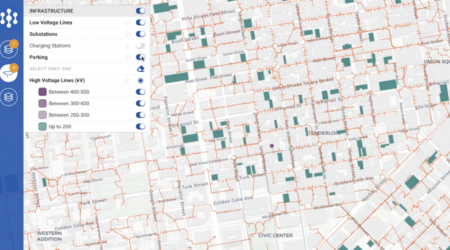
Figure 1: View of existing EV chargers, substations, parking locations, high and low voltage lines
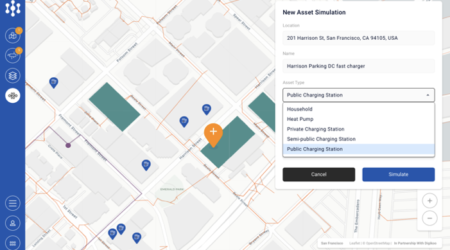
Figure 2: Plan grid connection of new DER asset
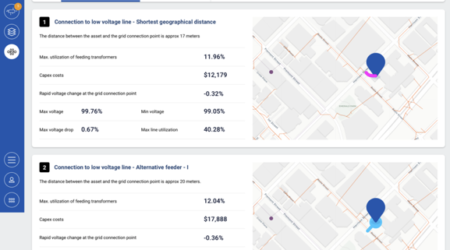
Figure 3: See cost and performance impacts in real time
The simulation represents the ways in which the different layers of private and public information can be aggregated, viewed, and acted upon in the protected, shared environment enabled by the Intertrust Platform. The Platform acts as a secure middleware application, allowing role-based access to sensitive information without the need to move datasets. This secure, governed workflow execution environment is essentially a leak-proof, hacker-proof, iron-clad virtual sandbox where the algorithms and virtual datasets from many different sources or formats can be processed. Significantly, Intertrust does this while honoring all data and IP ownership rights, ensuring compliance to all regulations, and maintaining a well-governed audit trail.
Key takeaways
The data necessary for accelerating EV charging infrastructure planning is both privately and publicly available. This data comes from city maps, various parking locations, easements, low and high voltage lines, substations, garages, commercial properties, and other infrastructure. With the Intertrust CleanGrid, this data can be blended, visualized, and analyzed, using customizable views based on strict roles and access rights.
Watch the on-demand webinar now to explore Intertrust’s CleanGrid energy data operations solution and envelio’s Intelligent Grid Platform. You’re learn about:
- The benefits of trusted data collaboration and secure grid data sharing
- Automating processes for the integration of new distributed energy resources (DERs) and consumers
- Evaluating the effects of grid expansion measures and changing supply tasks
- And more!
To find out more about how Intertrust Platform creates a secure and trusted environment for data collaboration and third-party analytics, read more here or talk to our team.
About Chris Kalima
As the Vice President of Partner Ecosystems and Programs, Chris is responsible for initiatives that foster joint business opportunities, enhance product integrations, and ensure the delivery of exceptional value to Intertrust's customers and partners. In his previous position as the VP of Product Management for the Intertrust Platform, Chris led product development efforts focused on enhancing data interoperability and trust across the data lifecycle.
